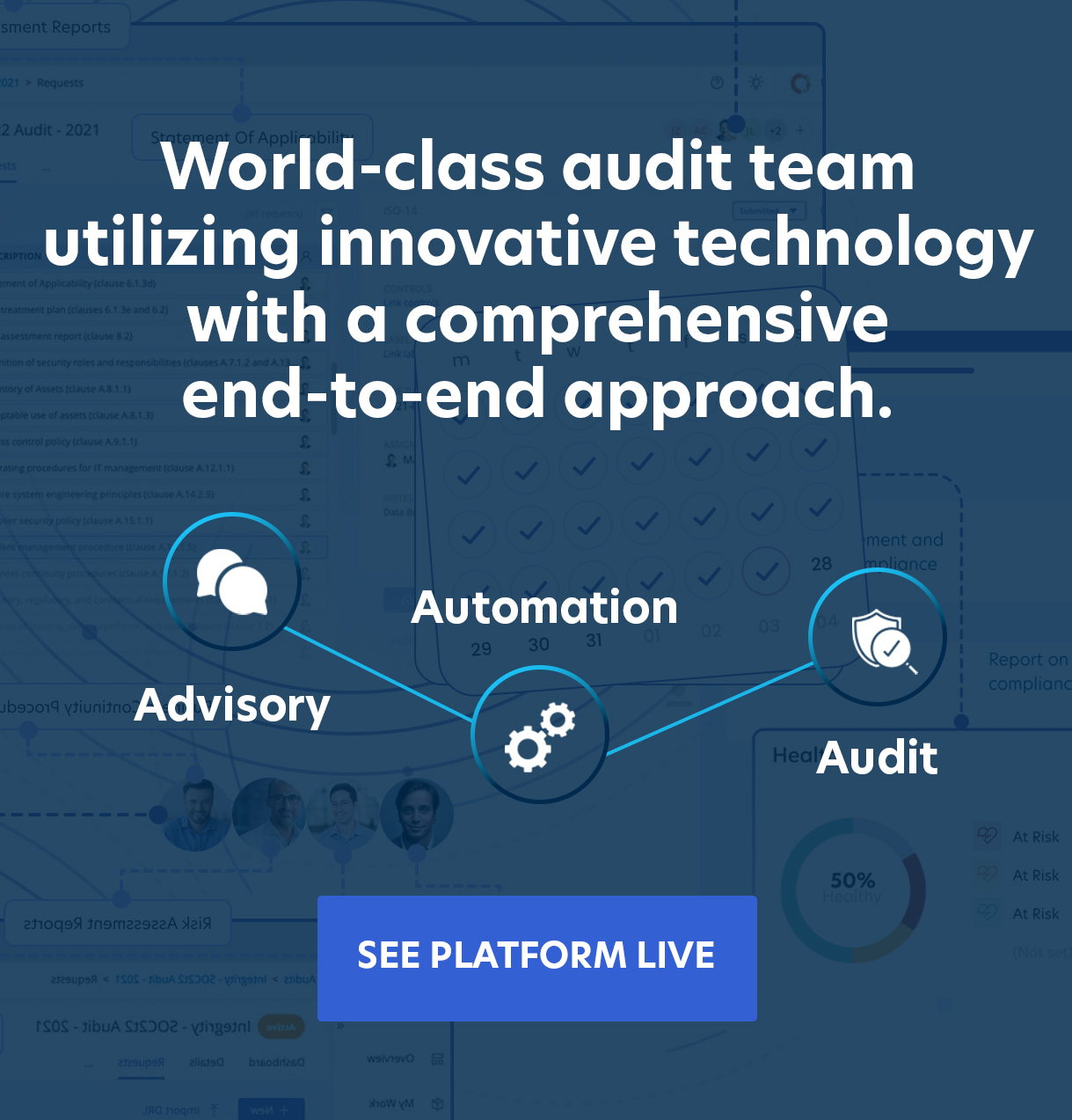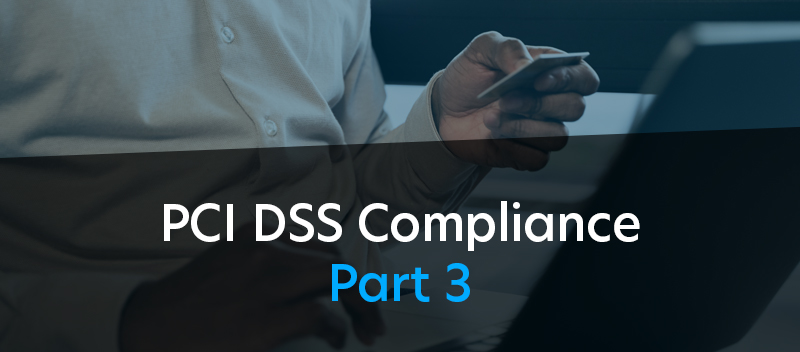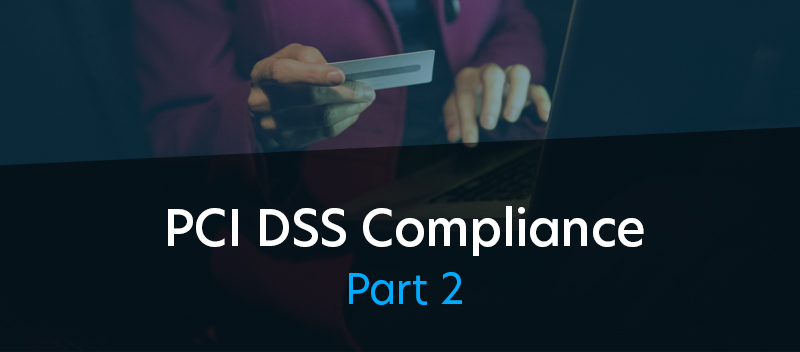Blog SOC 1 Type 1 vs Type 2
SOC 1 Type 1 vs Type 2

Deciphering the complex world offinancial reporting can be daunting, especially when understanding SOC 1 Type 1and Type 2 reports. In this article, we aim to simplify these terms and helpyou discern which report suits your business needs – saving you time,mitigating risks related to system control objectives, and ensuring compliancewith essential regulations.
Understanding SOC 1 Reports
A SOC 1 Report is a powerful toolfor auditing the financial controls of a service organization. It falls underthe Service Organization Control reporting platform, developed by the AmericanInstitute of Certified Public Accountants.
This report primarily aids inmaintaining accuracy and reliability over financial transactions and compliancewith stipulations of laws such as the Sarbanes-Oxley Act.
Created mainly for auditors, thisessential document contains detailed information regarding an organization’scontrol environment and relates directly to an entity’s internal control overfinancial reporting (ICFR).
Firms that outsource functionsimpacting their ICFR often request SOC 1 reports from their providers to checkif these processes are appropriately managed with efficient control objectivesdeployed on-site.
Key Benefits of a SOC 1 Report
Service organizations stand togain significantly from SOC 1 reports. The advantages include:
1. Assurance of AccurateFinancial Reporting: The SOC 1 report ensures precise financial information,eliminating risks associated with misstated fiscal data.
2. Compliance with Regulations:Service organizations can confirm their adherence to crucial standards like theSarbanes-Oxley Act through these reports.
3. Risk Assessment: With a SOC 1Type 1 report, auditors can evaluate potential threats and set controlobjectives at a specific date.
4. Comprehensive SystemDescription: Both Type 1 and Type 2 reports explain the service organization’ssystem and internal controls.
5. Verification of Fairness: ASOC 1 Type 1 report includes an unbiased opinion about the fairness of thesystem’s design presentation and controls’ existence.
6. Periodic Testing forAssurance: The SOC 1 Type 2 report delves into design testing, giving regularassurance regarding the system’s efficacy over a designated audit period.
7. Rigorous InvestigationProcess: Due to its comprehensive nature, a SOC 1 Type 2 report demands athorough check into processes, enhancing robust insights compared to Type 1reports.

SOC 1 Type 1 vs Type 2: Unraveling the Differences
A SOC 1 Type 1 report takes asnapshot of an organization’s control design and implementation at a specificpoint in time. This includes vital controls related to financial reporting,focusing primarily on the description and design of the system.
Service auditors evaluate whetherthese controls are correctly positioned to meet relevant control objectives. Itpinpoints potential risks within an organization’s systems, enabling effectivemanagement decisions regarding internal operations and compliance withstandards like the Sarbanes-Oxley Act.
SOC 1 Type 2 report focusesprimarily on the design and operational effectiveness of a serviceorganization’s internal controls over time. This vetting procedure takes placefor periods typically between six to twelve months, providing an extensive,detailed examination of control performance.
As an essential element forbusinesses in their quest for accurate financial reporting, SOC 1 Type 2verifies that systems meet specific benchmarks through a comprehensivedescription of the system and its control design.
For example, compliance withstringent regulations, like the Sarbanes-Oxley Act, becomes more achievablethanks to SOC 1 Type 2 reports.
Similarities and Differences Between Type 1 and Type 2
The SOC 1 Type 1 and Type 2reports share some similarities but also marked differences between them. Evaluating these points can provide a clearer understanding of which report could be more appropriate for your business.
| Aspect | SOC 1 Type 1 | SOC 1 Type 2 |
| Timing | Assesses controls at a specific moment in time. | Examines controls over a selected period, which is usually 6 to 12 months. |
| Scope | Less intensive, focusing on the design and implementation of controls. | More rigorous, evaluating the effectiveness of controls over the specified period. |
| Report Contents | Includes a system description and a management assertion, with a focus on internal control over financial reporting. | Includes the same content as a Type 1, but also features a detailed testing and results section. |
| Confidentiality Contents | Confidential, used by the organization, user entities, and user auditors. | Maintains the same level of confidentiality as a Type 1 report. |
| Use | Ideal for service organizations that are undergoing their first SOC 1 audit. | Typically used by organizations that have already completed a Type 1 audit. |
Understanding these similarities and differences can guide service organizations in deciding whether a SOC 1Type 1 or Type 2 report best fits their needs.
Determining the Right SOC Reportfor Your Business
Understanding your businessneeds, specific control objectives, and reliance on financial reporting canguide you in deciding whether a SOC 1 Type 1 or Type 2 is most suitable.
Assessing the timing of theevaluation, coupled with considering auditor requirements and clientexpectations, are further factors shaping this decision.
Trust in the process comes fromknowing what each report contains and understanding when each report yieldsmaximum benefit for your organization. A professional assessment can help makethis critical choice to promote efficiency, transparency, and compliance withinyour business operations.
When to Obtain a Type 1 Report
Businesses often seek a SOC 1Type 1 report during their initial compliance journey. This is due to itsfocused scope and relatively short preparation time, making it particularlysuitable when an enterprise wants quick assurance about the design of its controlson a specific date.
Companies planning forsignificant changes or modifications in their system also benefit from thistype of report before implementing these shifts, ensuring that potential risksare identified and adequately addressed.
Other cases include situationswhere third-party vendors require evidence of control design effectiveness aspart of vendor risk management processes or when businesses must swiftlyonboard new clients or retain existing ones by demonstrating operational integritythrough an independent CPA-led audit procedure.

When to Obtain a Type 2 Report
Organizations typically opt for aSOC 1 Type 2 report when there is a need to scrutinize the controls overfinancial reports in-depth. Regular scrutiny of these controls ensures theywork effectively, not just at one point, but consistently over an extendedperiod.
Industries under constantregulatory review can significantly benefit from this form of audit report dueto its thorough investigation into the systems’ design and processes.
Demonstrating effective internalcontrol through SOC 1 Type 2 helps companies build credibility amongstakeholders by assuring them about their risk management practices.
Conclusion
In the vast financial reportinglandscape, SOC 1 Type 1 and Type 2 reports are invaluable tools. A clearcomprehension of these audits can facilitate your business’s adherence toregulatory compliance, enhancing internal controls while assuring accuracy infinancial data handling.
By choosing the rightreport—either a snapshot perspective offered by Type 1 or an extended overviewprovided by Type 2—you can effectively fortify your enterprise’s riskmanagement strategy.
Talk to an expert today.




